Let's face it, there are many things about the way we eat in the United States that could be much healthier. In fact, the Standard American Diet, which is full of processed foods, added sugar, and saturated fats, contributes to many health complications in our country.
Thankfully, we have other places in the world to pull inspiration from. The Blue Zones, for example, are five regions of the world where the highest concentrations of centenarians exist, and we can learn a lot from their way of living and their daily diets.
These regions include Sardinia in Itay, Okinawa in Japan, Ikaria in Greece, Nicoya in Costa Rica, and Loma Linda in California. And while each region consumes different foods unique to them and their lifestyle, it's helpful to learn about the foods they eat to see what we can incorporate in our lives to be a little bit healthier.
Avocados
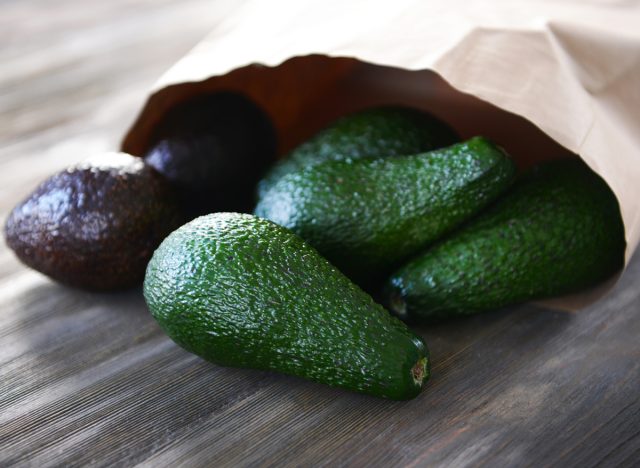
Loma Linda in California is one of the five Blue Zones and is a community that is uniquely made up of mostly Seventh-Day Adventists.
Along with regular religious practice and a weekly period of 24 hours to be in quiet contemplation, those in this community also eat a largely vegetarian diet full of healthy foods.
Avocados, which have a long list of health benefits, are a staple for the Loma Linda community. According to a National Geographic article on the world's Blue Zones, avocados are helpful in lowering cholesterol and contain 30% more potassium than bananas.
Avocados have also been found to help manage weight and decrease your risk for obesity and type 2 diabetes.
Beans
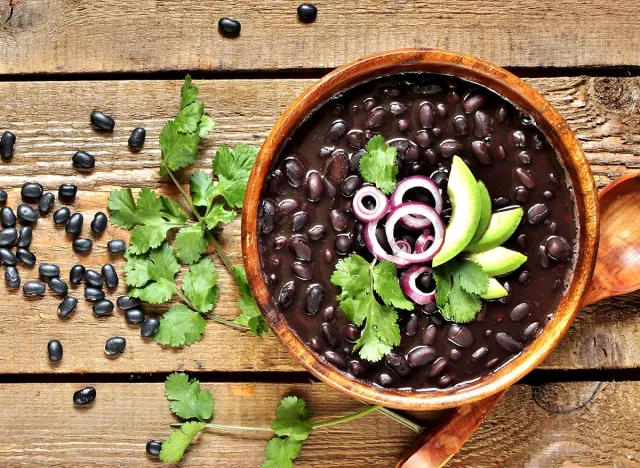
Beans are a staple in most Blue Zones and provide helpful amounts of fiber and other nutrients that help fight disease. For example, black-eyed peas are a normal part of a daily diet in Ikaria, Greece, and these beans have been found to have anti-cancer, heart-healthy, and anti-diabetes properties.
The Nicoya community from Costa Rica eats black beans on a daily basis, often with rice and corn tortillas. Black beans have high amounts of fiber and antioxidants and are known to help manage diabetes, prevent cancer, and lower your risk of heart disease.
Garlic
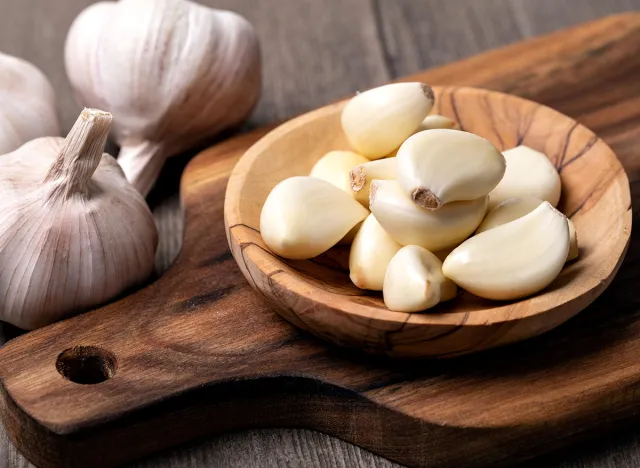
The community of Okinawa, Japan, eats garlic on a regular basis. National Geographic states that garlic is one of "nature's most powerful medicines" and has been linked to lowering the risk of certain diseases that commonly occur as you age.
More specifically, a report from Antioxidants says that garlic has antioxidant and anti-inflammatory properties and is known to help prevent certain cancers, diabetes, and cardiovascular diseases.
Potatoes
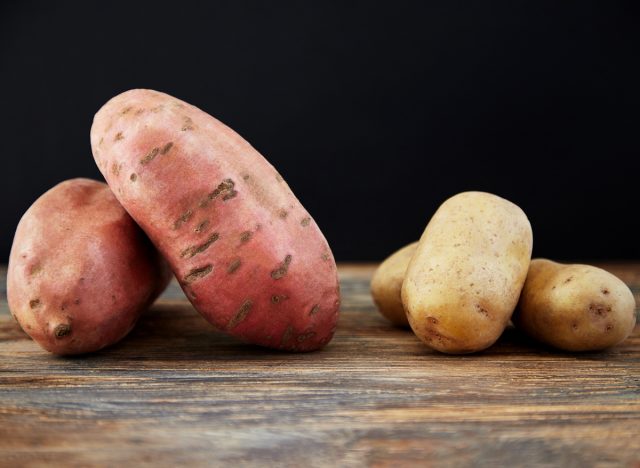
White potatoes are a staple for those who live in Ikaria, Greece, and purple sweet potatoes (called imo) are consumed in Okinawa, Japan on a regular basis.
Purple sweet potatoes contain a phytochemical called anthocyanins, which are known to help prevent disease. Sweet potatoes are also rich in vitamin A, B6, C, potassium, and fiber.
While some people assume that white potatoes aren't healthy because of their high carbohydrate content, they actually help the Ikarians manage and prevent diabetes, while helping to keep blood pressure levels low as well.
Olive oil
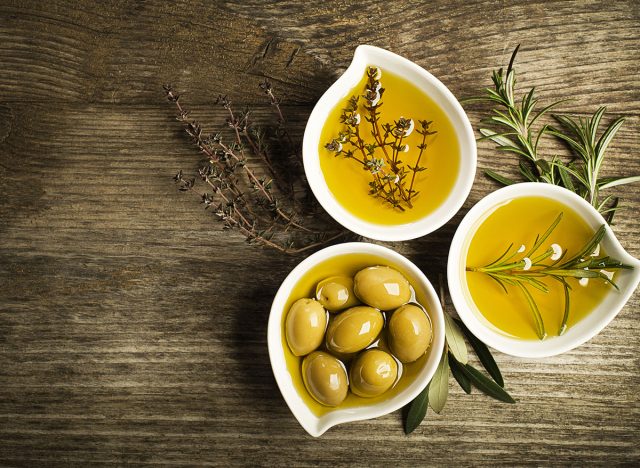
The Ikarians love using olive oil on a daily basis. A report published in Nutrients found that extra virgin olive oil has a lengthy list of proven health benefits, which is why many people in the Mediterranean where EVOO is widely used are found to be among some of the healthiest people in the world.
For example, olive oil was found to help with weight management, help lower blood pressure, reduce risk of certain cancers, and contribute to your overall health with its anti-inflammatory properties.
Salmon
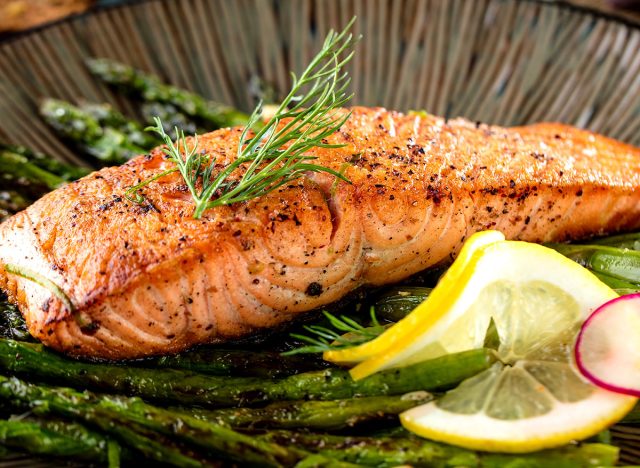
Salmon and other fatty fish is commonly consumed by the Adventists in Loma Linda, even by those in the community that are plant-based.
Salmon contains high levels of omega-3 fatty acids, which have been found to help with heart health and lowering your risk of cardiovascular disease, as well as helping to reduce chronic levels of inflammation.
Sourdough bread
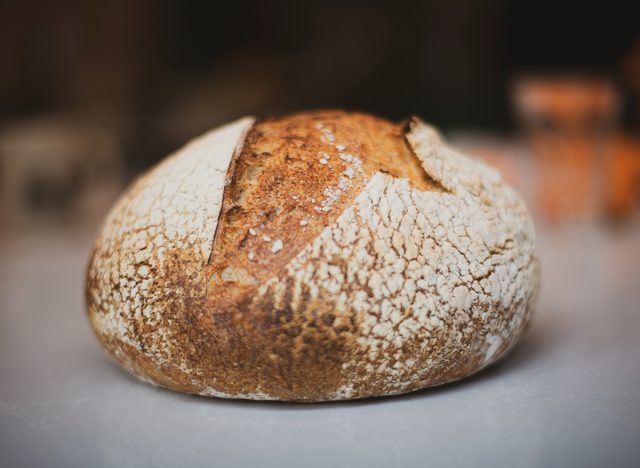
Sardinia, Italy is another region known as a Blue Zone, and the people in the community consume foods like goat's milk, flatbread, chickpeas, and sourdough bread.
Their sourdough bread is made with whole wheat and live lactobacilli. According to the feature in National Geographic, Sardinians' process of baking sourdough helps turn sugar and glucose into lactic acid. This process lowers the glycemic index, which means you'll stay full longer and your blood sugar won't spike.
Tomatoes
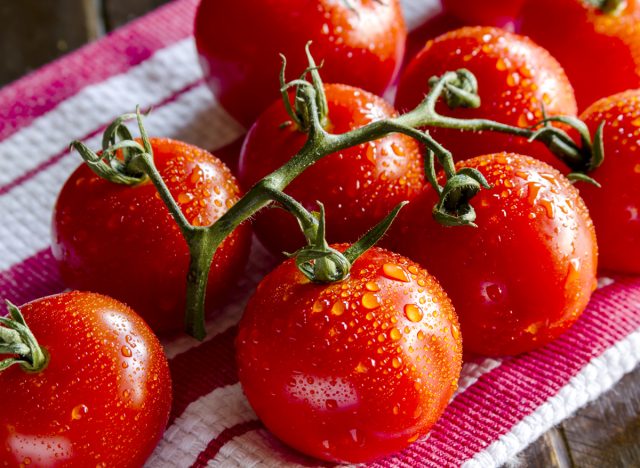
Sardinians also love their tomatoes and use them in quite a few of their dishes. Tomatoes contain lycopene, which is an antioxidant known for its anti-inflammatory properties, as well as its ability to help lower blood pressure, reduce the risk of metabolic syndrome and stroke, as well as improve heart health.
More specifically, cherry tomatoes contain higher levels of beta carotene, which research has found can help lower the risk of tumor development related to prostate cancer.
Wine
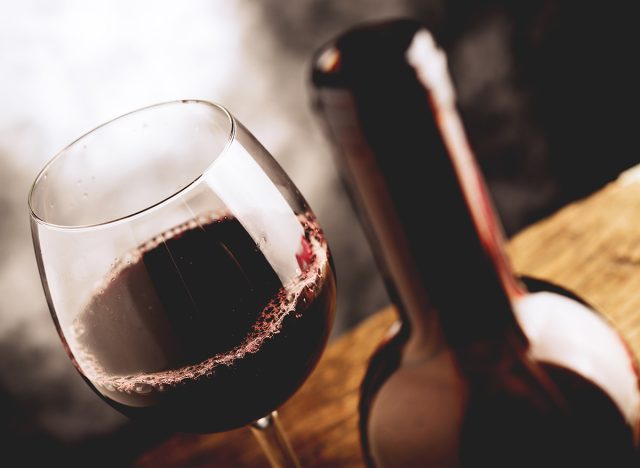
This may be the best news you've heard all day. Yes, many Blue Zone regions consume daily glasses of red wine as a part of their healthy diet.
According to the Blue Zones official website, many people in these regions drink around two glasses a day, and Sardinians drink a specific red wine called Cannonau wine.
Some research studies back this up with the conclusion that red wine can be beneficial to your heart health because of its antioxidants and polyphenol content.
Of course, with any alcohol, moderation is key and you should always talk with a doctor about any questions you may have.
No comments:
Post a Comment